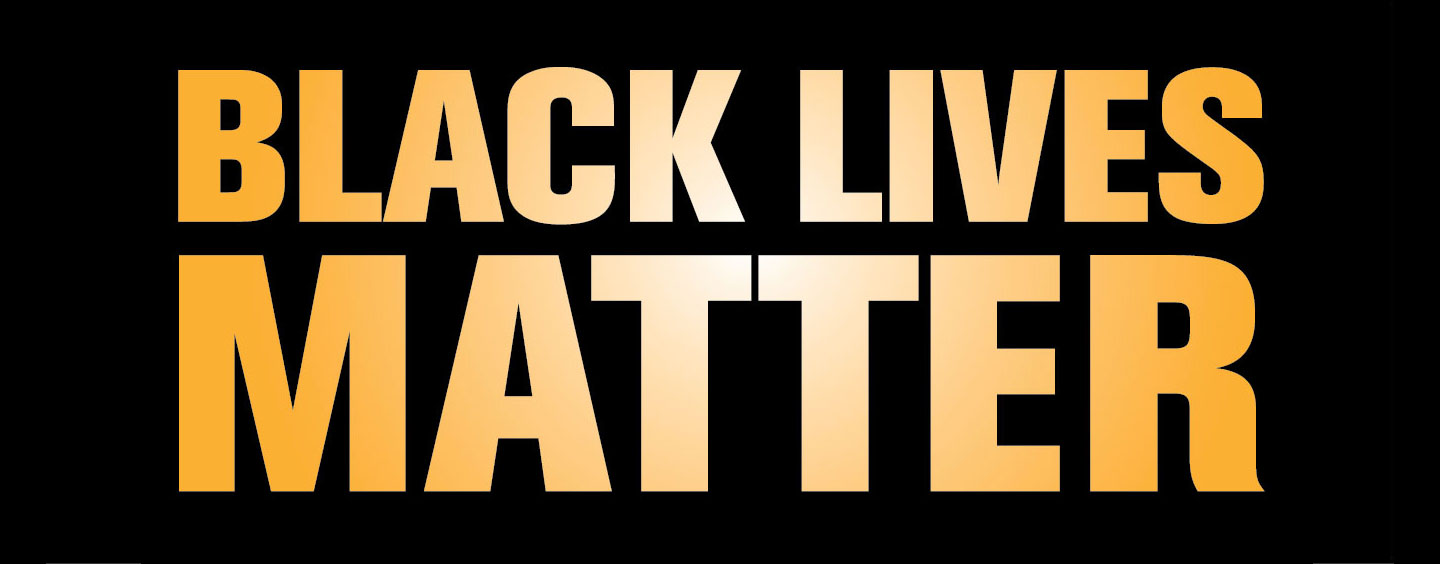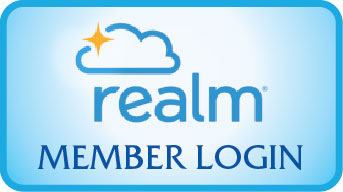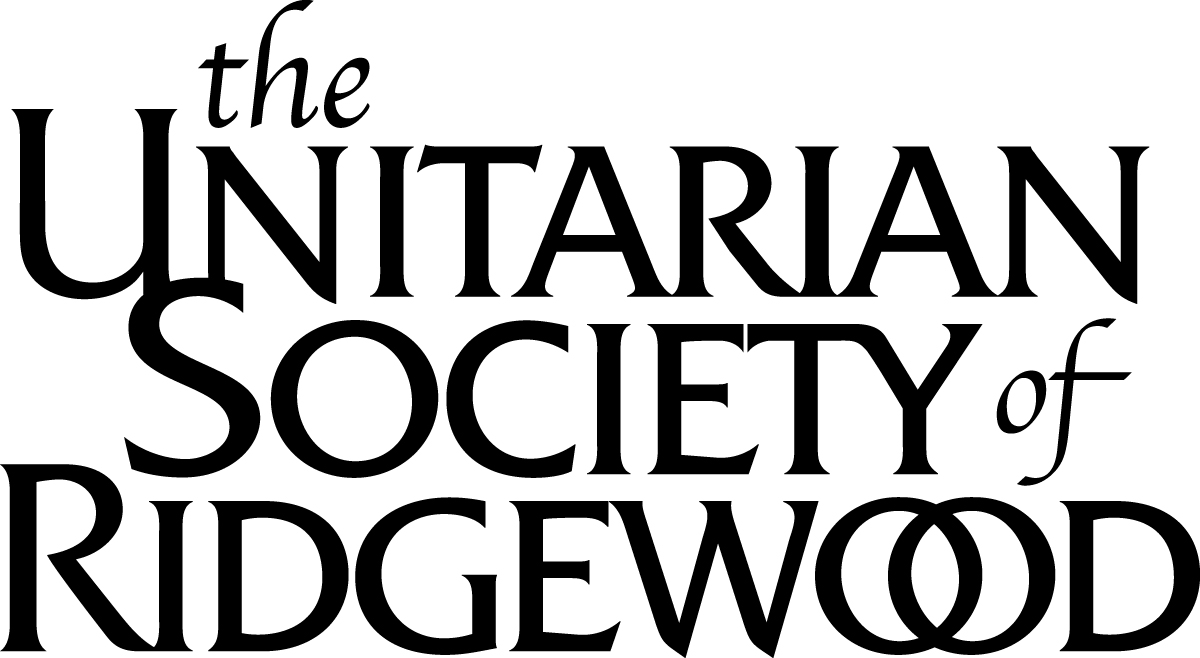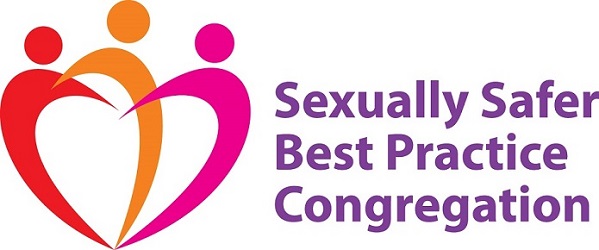Where does my work go?
We encourage everyone to look carefully at the Circle descriptions and to use your own judgment! If you still feel unsure about where your interest lies, please talk to the Circle Implementation Team, a member of the Board, the Minister, or the Facilitators (once they are in place).
I’ve been in charge of a particular event or committee for a long time, will I still get to be in charge?
You can definitely still engage in the areas of work that you feel passionate about!
At the yearly planning meeting of folks interested in the work of a particular Circle, decisions will be made democratically and collectively about the manner in which work will be done (committees or teams, with or without singular leaders, etc.). The Circle will determine their method of working while always centering the MIssion and Covenant and while keeping openness and inclusivity as key goals.
Does this increase the number of volunteers required or change the work of the Nominating Committee? They already do so much!
In our old organizational system, we needed 9 Board Members, 3 lay members of the SCRT, 4 lay members of the Committee on Ministry, 3 Program Council chairs, and 5 members of the Nominating Committee, for a total of 24 lay leaders (14 elected).
In the new organizational system, we need 7 Board Members, 3 lay members of the SCRT, 4 lay members of the Committee on Shared Ministry, 5 Facilitators (since the 6th Facilitator will be a member of the CoSM), and 5 members of the Nominating Committee, for a total of 24 lay leaders (12 elected).
As described above, the Nominating Committee will appoint the first round of Facilitators, and in the future will assist Circles in succession planning. This does mean some extra work for the Nominating Committee, but it also helps to ensure smoother leadership transition across the entire Society.
How often will the Circles meet?
All of the congregants in each Circle will meet in the Spring for budgeting purposes and to determine which activities the Circle will undertake during the following congregational year. The Circle may meet more often as determined by the Facilitator and the Circle members. The smaller work groups within the Circle working on specific activities will meet as often as they deem necessary to complete the work.
Is the Facilitator’s work like the work of a chair of a committee? What is the work of the Facilitator?
A Facilitator is not the same as a committee chair! Though some of the work overlaps, we mean it when we say this role is a facilitation role. Different Facilitators will of course embody the role differently, but the minimum expectations are:
For their own Circle, the Facilitator
Supports the work of the Circle members
Convenes meetings of their Circle at least annually
Provides regular communication to the Circle
Acts as the face/point of contact for USR members and friends
To connect with other Circles, the Facilitator will
Be in frequent contact with other Facilitators for thoughts, opinions, information
and idea sharing, and support
Sort out “who does what” questions informally with other Circle Facilitators
Will participate in quarterly Circle Facilitator meetings, each of which will focus on
aspects of congregational participation
- Fall: Recruitment
- Winter: Midyear check
- Spring: Budgeting
- Summer: Key Event Calendaring
How often will the Circle Facilitators meet?
As described above, the Circle Facilitators will meet at least 4 times (on a quarterly schedule) per year to handle such matters as budgeting, calendaring, training, and coordinating efforts across Circles. They will determine among themselves how they wish to remain in more frequent contact (additional face-to-face meetings, calls, text chains, etc).
How are the Facilitators chosen?
The first set of Facilitators will be chosen by the Nominating Committee in consultation with the Circle Implementation Team, keeping in mind the organizational, communication, and interpersonal skills necessary to do the work of the Facilitator.
For future appointments, one year before the expiration of their three-year term, the Circle Facilitator will, in conversation with the Nominating Committee in order to ensure that a potential candidate is not also under consideration for a Board seat, determine a transition plan. Ideally the successor would be someone already active in the Circle, but at times a person from outside the Circle may be a better choice. For a successor already deeply involved in the work of the Circle, the transition may be short and informal. If the proposed Facilitator has not been heavily involved in the work of the Circle, a longer and more formal transition period may be required.
What happens when an activity crosses two Circles? For example, how would we handle the vegetarian potluck dinner held by the Environmental Justice Committee last year? The EJC would fall under the Wider World Circle but there was also a fellowship component, which would fall into Congregational Connections.
Events and the related budget will be associated with the Circle that surfaces/champions the idea. The originating Circle will advise other Circles and foster collaboration between the Circles as appropriate.
Which Circle will handle fundraising events?
Many of our USR fundraising events have a fellowship component as well as a fundraising purpose. In order to ensure visibility for all fundraising efforts required to support the Society’s budget each year, all fundraising events will reside in or consult integrally with the Asset Management Circle. Other Circles will be pulled into the planning for fundraising events as appropriate.
How will the budget work? What relationship will the Treasurer have with the Asset Management Circle?
The goal is for the 2020-21 budget to be aligned to the Circle structure. The Circle Implementation Team has begun a conversation with the USR Treasurer about how to transition the budget in a sensible way that reflects the new system.
The Treasurer will continue to oversee the development of the budget. They will work closely with the Asset Management Circle as needed, but will not be the Facilitator of the Asset Management Circle.
Where does the buck stop? Who is ultimately in charge? Where is the accountability if something essential does not get done?
The vast majority of the lay work of the congregation will be congregant-driven within the Circle structure. Before undertaking any work, the Circle will ask the following questions:
- Is the work consistent with, or does it support, the mission and covenant of the congregation?
- Does the work fall within this circle’s purview?
- Is there room in the budget for the work?
- Is there room in the calendar for the work?
- Should any other Circles or groups be consulted about the work?
Once these questions have been answered in a positive manner, the Circle can move forward with the work.
In rare instances, the Circle may bump up against matters of policy, interpersonal disagreements, or other sensitive matters that may need further review. In these instances, the matter will be referred to the Governance and Well-Being Circle for further resolution by the appropriate standing entity (the Board, the SCRT or the CoSM). Since the SCRT and the CoSM are accountable to the Board, the buck ultimately stops with the Board. However, the hope and expectation is that most lay-driven operational decisions and issues can be decided before they reach the Board, freeing the Board to focus on matters of strategic planning, congregational vitality, etc.
In most instances, the Board will not step into operational matters. If a Circle lacks a volunteer for something they deem essential, the first step is for the Facilitator to attempt to recruit and to consult with the other Facilitators in case a member in another group is interested in that particular work. However, if these steps fail to produce a volunteer, the Board will intervene to ensure the health of the Society.






